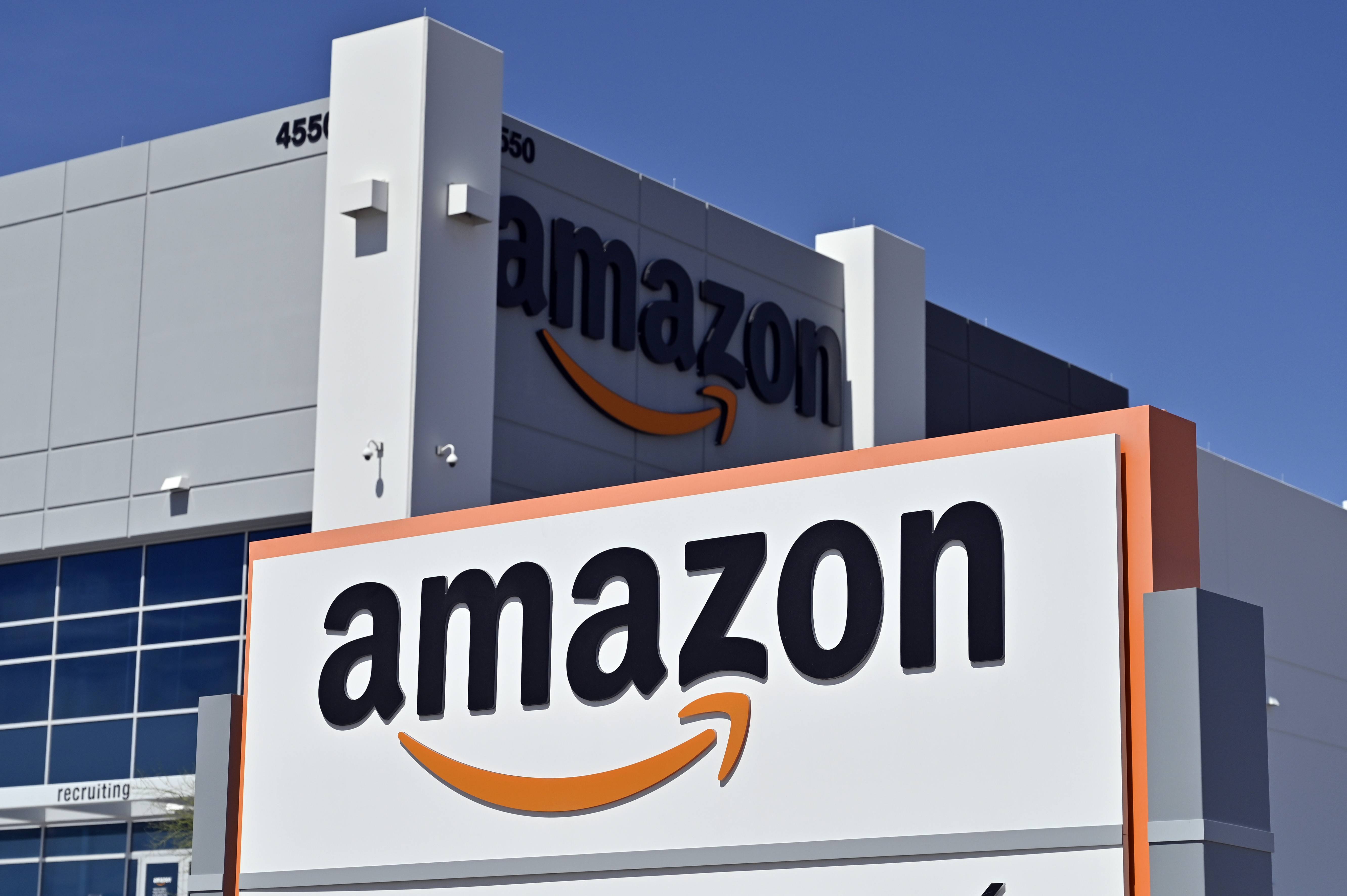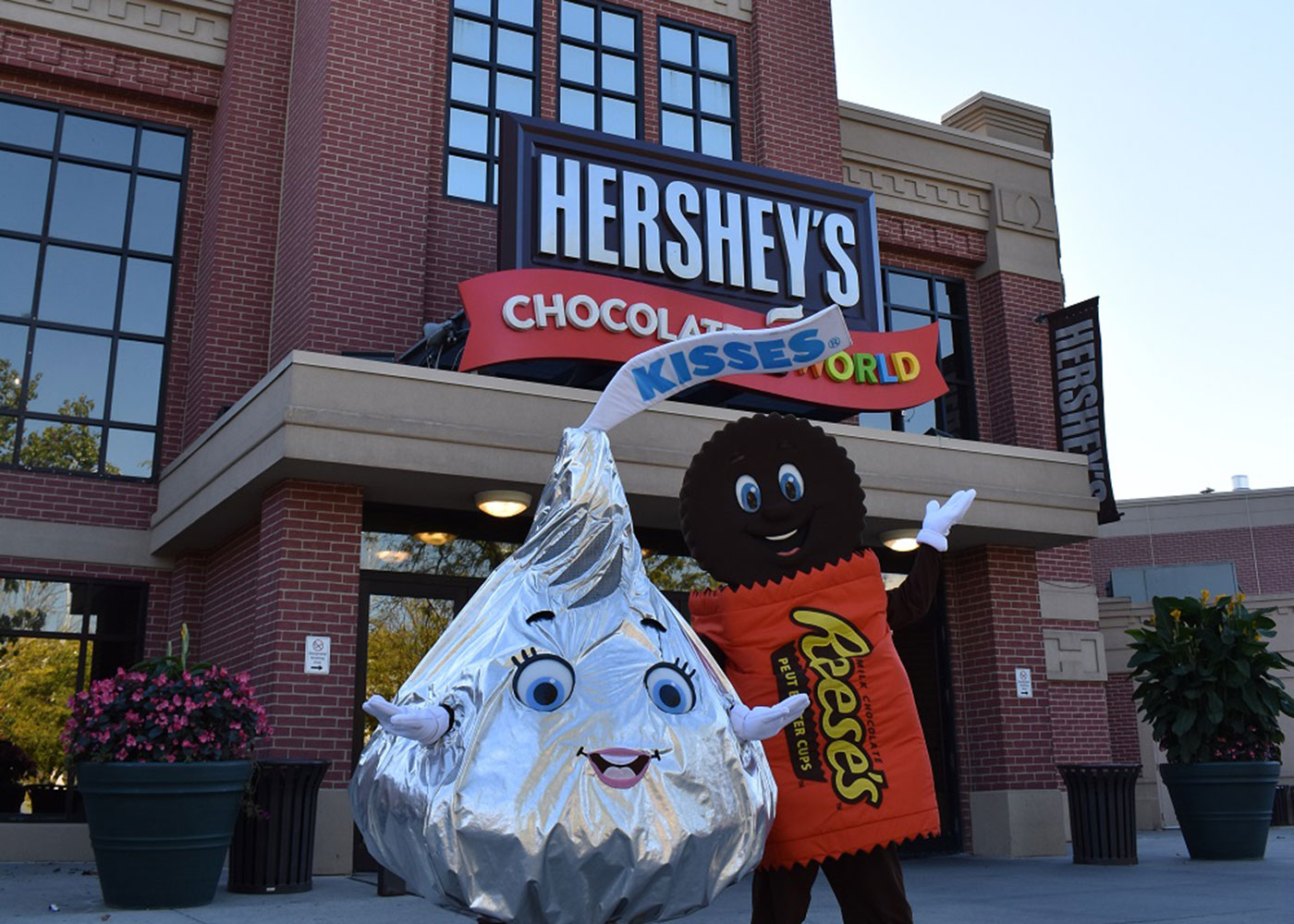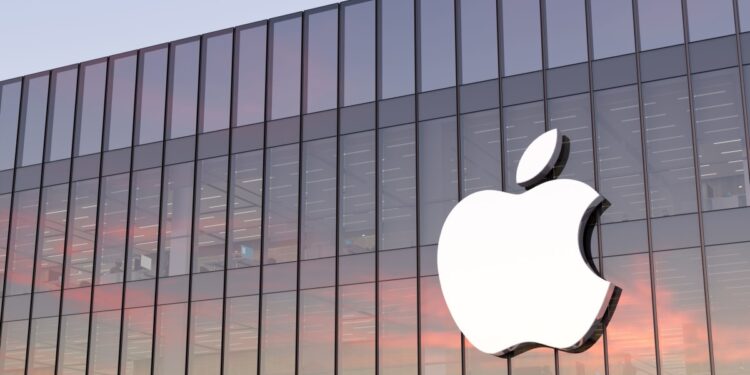Rejection is something most entrepreneurs face at some point in their journey. It’s often seen as a sign to quit, but for the founders of these now-billion-dollar businesses, rejection was the fuel that propelled them toward success. These companies faced early setbacks—be it from investors, partners, or even the market itself—but their resilience turned them into some of the most valuable businesses in the world today.
1. Apple: The Early Days of Skepticism

When Steve Jobs and Steve Wozniak first presented the idea for Apple to investors in the 1970s, the response wasn’t exactly what they hoped for. One of the most notable early rejections came from Atari co-founder Nolan Bushnell, who passed on funding the duo’s vision for a personal computer. Bushnell felt the idea wasn’t strong enough to justify the investment.
Moreover, many venture capitalists at the time were unconvinced that personal computers had any future at all. Investors were more interested in the potential of arcade games, not a tiny computer that could sit on a desk. But Jobs and Wozniak believed in their idea, and despite the skepticism, they pushed forward.
Apple Computer (now Apple Inc.) was officially founded in 1976. By 1980, just four years later, Apple went public with a valuation of $1.2 billion—making it one of the fastest-growing companies in the history of the stock market at that time. Today, Apple stands as the first trillion-dollar company, with a market value surpassing $2.7 trillion as of 2024.
Their breakthrough product, the iPhone, transformed Apple into a global powerhouse, proving that the world wasn’t just ready for personal computers—it was ready for a new age of smart technology. Apple’s success story is a testament to the idea that rejection isn’t the end; it can be the beginning of something much bigger.
2. Amazon: The Online Bookstore That Conquered the World

In the mid-1990s, Jeff Bezos had a bold vision: build the world’s biggest online bookstore. At the time, the internet was still an emerging phenomenon, and investors were skeptical about the long-term potential of e-commerce. Bezos faced rejection after rejection when pitching his idea. Many investors believed that people would never feel comfortable buying products online and were unconvinced that e-commerce would be a sustainable business model.
Despite the widespread skepticism, Bezos was determined. In 1994, he launched Amazon.com in his garage, initially focusing on books. However, Bezos had a bigger vision—he knew that books were just the beginning. Over the next few years, he expanded Amazon into every product category imaginable.
Amazon didn’t just stop at retail; it pioneered Amazon Web Services (AWS) in 2006, revolutionizing the cloud computing industry. Today, Amazon’s market capitalization is valued at over $1.2 trillion, and it has transformed from a bookstore into an all-encompassing e-commerce, cloud computing, and entertainment giant. Bezos, who was once told that his vision was too far-fetched, turned Amazon into one of the most valuable and influential companies in the world.
3. Starbucks: From Rejection to Global Coffee Empire

Howard Schultz, who would later become the driving force behind Starbucks’ explosive growth, initially faced significant pushback when he tried to take the company in a new direction. In the early 1980s, Starbucks was a small Seattle-based coffee bean retailer. Schultz, who had just joined the company as Director of Retail Operations, saw something bigger: he envisioned Starbucks as a global coffeehouse where people could gather to enjoy high-quality coffee.
However, Schultz’s vision was rejected by the original owners of Starbucks, Jerry Baldwin, Zev Siegl, and Gordon Bowker, who were content with the business’s small-scale model. They felt that turning Starbucks into a chain of coffeehouses was a risky venture.
Schultz didn’t give up. He bought the company from the founders in 1987 and embarked on an aggressive expansion strategy. Schultz introduced the “third place” concept—offering a space between home and work for customers to relax and connect. His gamble paid off. Starbucks expanded rapidly across the globe, revolutionizing the coffeehouse culture and making Starbucks one of the most recognizable brands worldwide.
Today, Starbucks has a market value of over $115 billion and has more than 30,000 stores worldwide, proving that sometimes, the best business ideas need to be rejected in order to truly take off.
4. Disney: A Dream Rejected But Never Forgotten

In the 1920s, Walt Disney faced financial failure with his first animation studio, Laugh-O-Gram Studios, which went bankrupt in 1923. His early work was considered subpar by many critics, and Disney was even told by a Kansas City newspaper editor that he “lacked imagination and had no good ideas.”
But Disney’s vision for animation as an art form never wavered. Undeterred by early failures, he moved to California and launched The Walt Disney Company in 1923. However, even Disney’s early film ideas faced rejection. Steamboat Willie, the first Mickey Mouse cartoon, was initially rejected by distributors who didn’t think animation could ever be a mainstream form of entertainment.
Disney’s break came with the success of Mickey Mouse, and the rest is history. Over time, Disney expanded into television, theme parks, and acquisitions, including Pixar, Marvel, Lucasfilm, and 21st Century Fox. Today, Disney’s market cap is around $200 billion, and its portfolio of intellectual properties continues to dominate the global entertainment landscape.
5. Hershey: The Sweet Taste of Success After Early Failures

Milton Hershey started his first candy business in the 1880s, but it failed miserably. He tried his hand at several businesses before eventually finding his true passion—making chocolate. His first chocolate company went bankrupt, and for a while, it seemed as if his dreams of creating a successful candy empire were slipping away.
In 1894, Hershey founded the Hershey Chocolate Company in Pennsylvania. His focus on using high-quality milk to make milk chocolate set Hershey apart from other chocolate manufacturers. But even in the early years, the business struggled to take off. Hershey’s persistence eventually paid off, and by 1900, the Hershey company had become one of the largest chocolate producers in the United States.
Hershey’s vision of building an entire community around his factory in Hershey, Pennsylvania, contributed to his success. Today, The Hershey Company is valued at around $50 billion and continues to be one of the most iconic names in the chocolate industry.
These businesses prove that rejection is often a stepping stone, not a stumbling block. From Apple to Hershey, these companies faced early doubts and outright rejection, but their founders’ persistence, vision, and innovation turned them into global billion-dollar giants. They didn’t just bounce back—they reshaped entire industries, proving that success often comes to those who dare to persevere in the face of adversity.
Source: Forstarmedia.com










